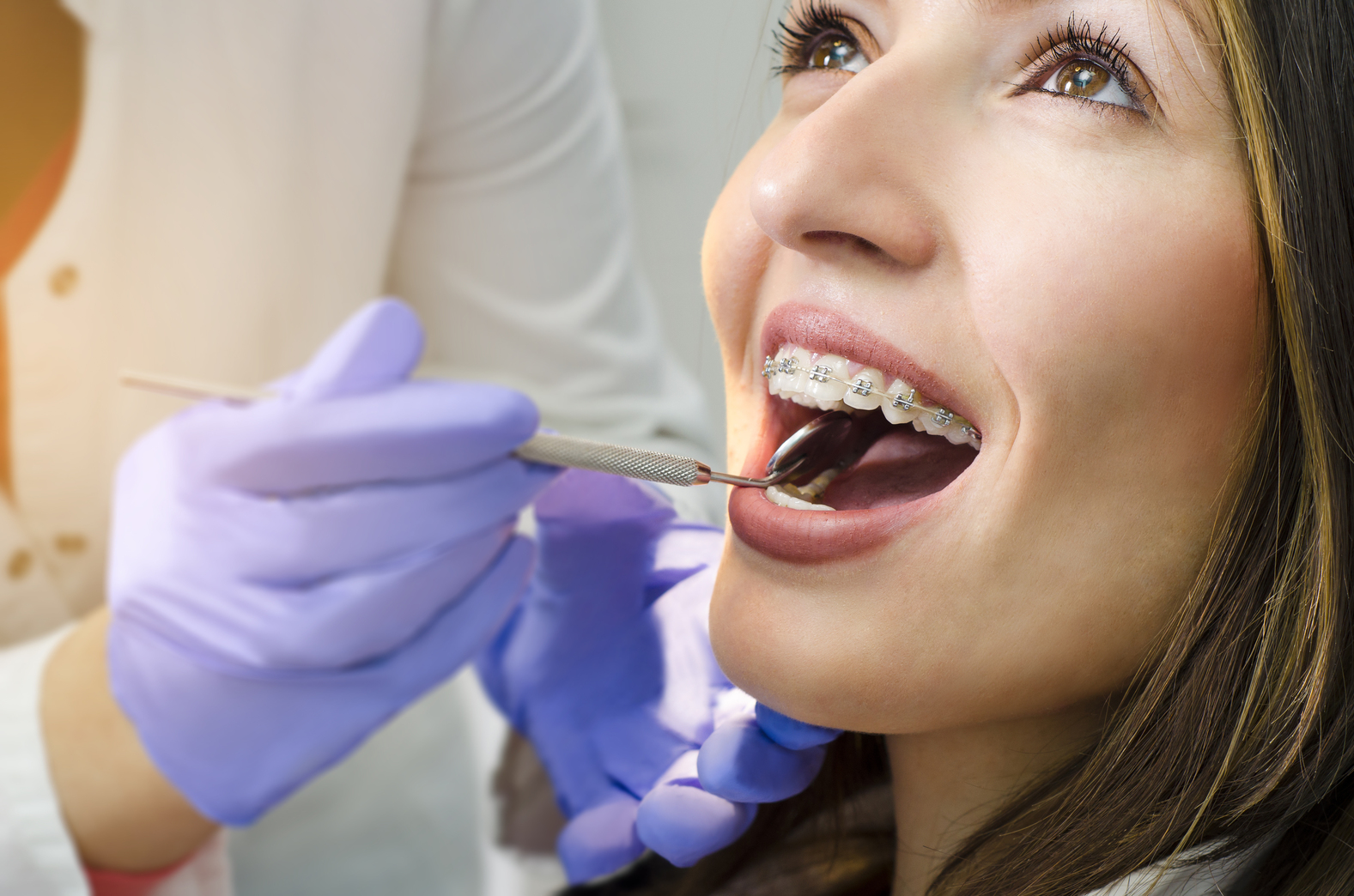Disclaimer: This website provides health information for educational purposes only and is not a substitute for professional medical advice, diagnosis, or treatment. Always seek the guidance of a qualified healthcare provider with any questions you may have.
Most people seek orthodontic treatment because they wish to repair misaligned, crooked or crowded teeth. They want to achieve a perfect smile, chew better, or just improve their overall oral health.
There are two types of orthodontic treatments: interceptive and comprehensive treatments. Comprehensive treatment is done after growth of all permanent teeth (usually happens at 12 years old). Interceptive treatment, on the other hand, occurs between 7 to 11 years old when the child has both permanent and milk teeth. Each treatment comes with a comprehensive procedure, depending on the patient.
What about you? Consider the following options:
Braces
Most orthodontists in Canton consider braces as the go-to option for crooked or misaligned teeth.
Traditional metal braces consist of brackets, rubber bands and wires. Ceramic braces have brackets made of clear ceramic material and are less visible to other people. The Damon brace, on the other hand, is a self-ligating with a slide appliance substituting elastics to join the archwires. These require less frequent dental visits, easy-to-clean, and cause less friction compared to other braces.
If you want a more discreet option, Invisalign is the way to go. This transparent aligner, similar to Damon braces, can also be customized for patients. These are comfortable and require changing every two weeks.
Retainers
To keep your teeth’s current form, orthodontists require regular wear of retainers. These are ideal for maintaining teeth in place when your braces are detached. They can be bonded to teeth or you can remove them. Most retainers are made from metal wires and clear plastic.
Palatal expanders
For those with overcrowded teeth or recovering from tooth extraction, palatal expanders are the answer. An expander fits onto your palate while applying pressure on the upper molars. This pressure gradually moves the crowded teeth apart while expanding your palate for the fitting of braces.
Forsus appliances have gradually edged out the use of headgear for braces in correcting difficult overbites. The American Association of Orthodontists endorses orthodontic screening by qualified Canton orthodontists at 6-7 years. This detects problems like crossbites and impacted teeth early and avoids costly orthodontic procedures later. For congenital disabilities related to jaw development and serious underbites, surgery may be the treatment option.
A good smile is achievable with these oral appliances. Consult with your orthodontist first before making a decision.




